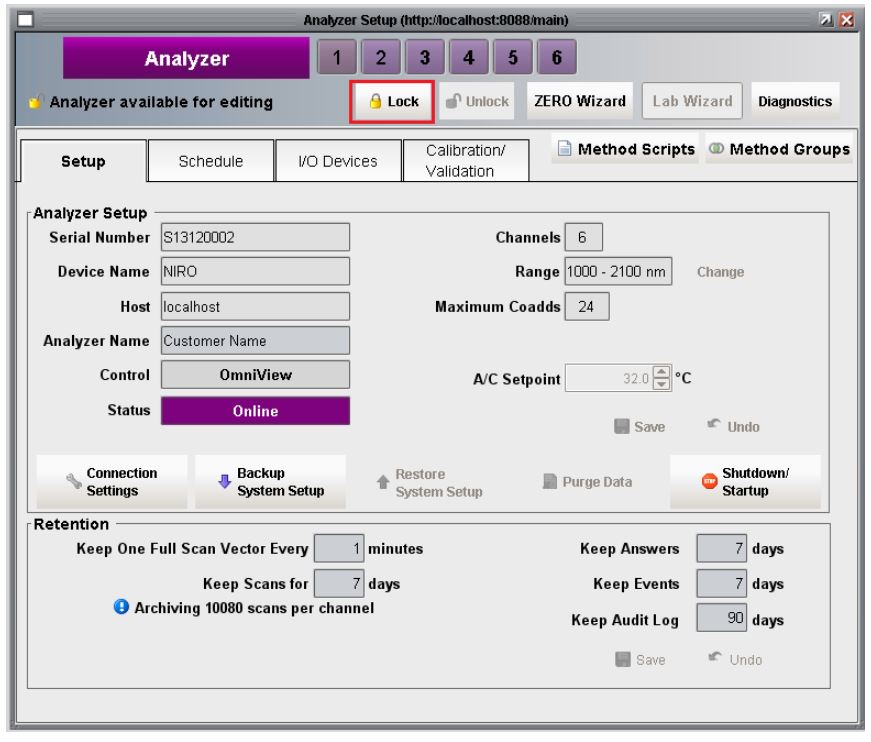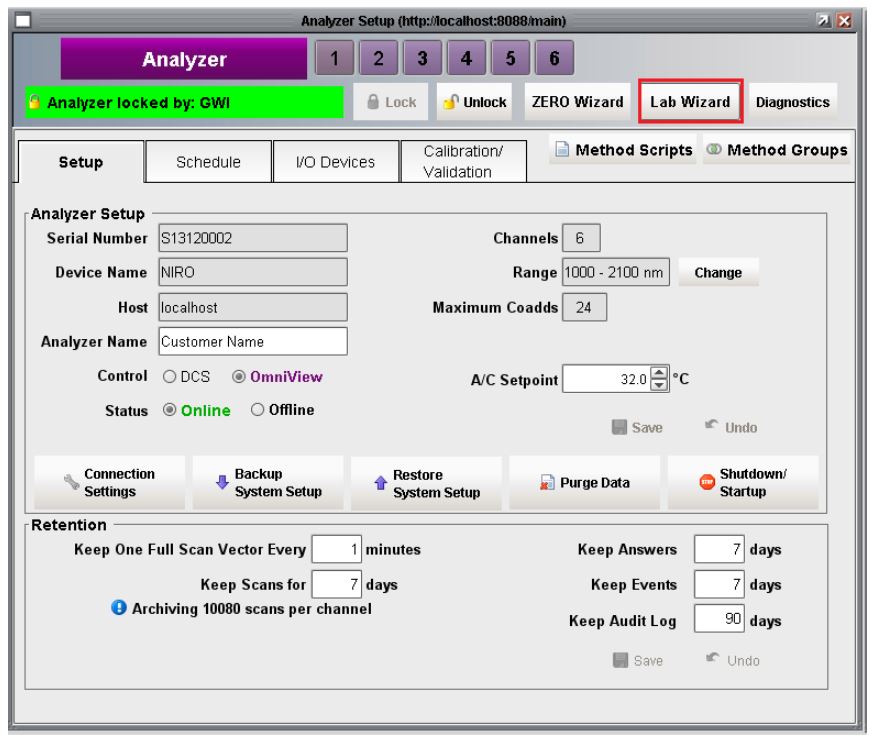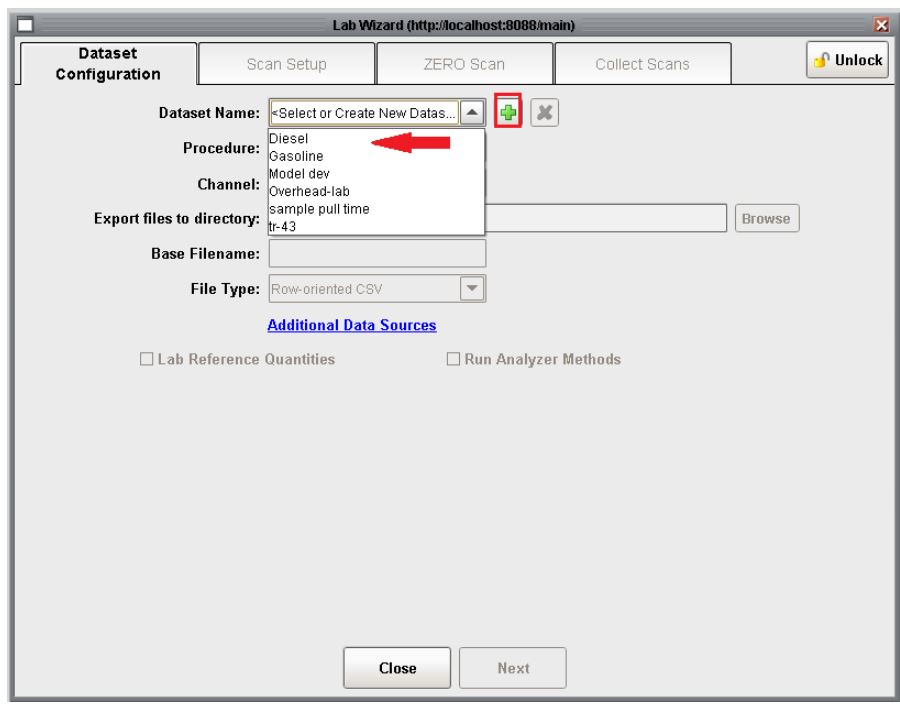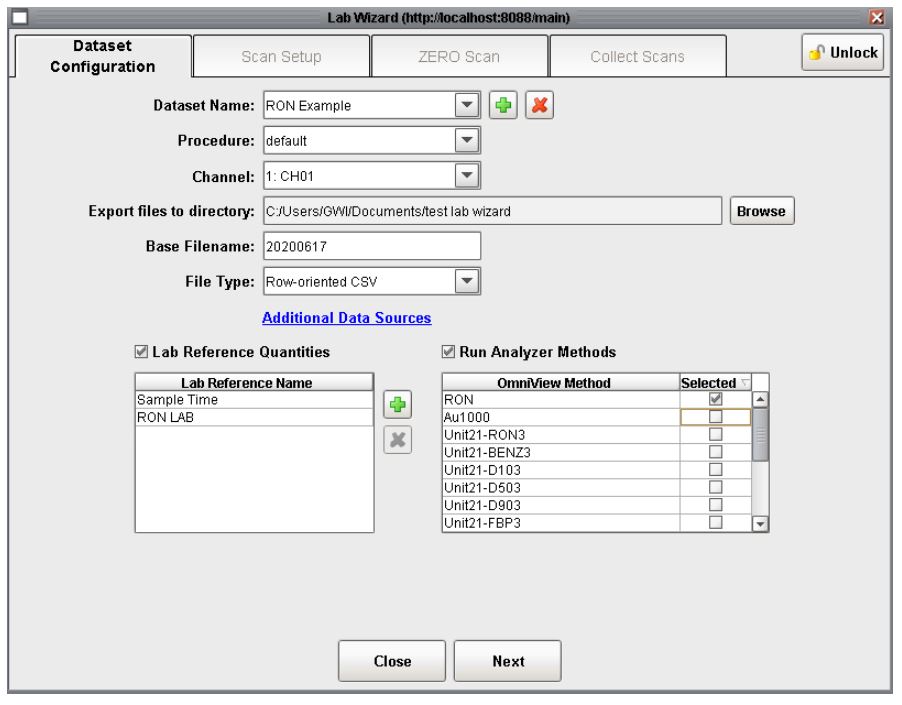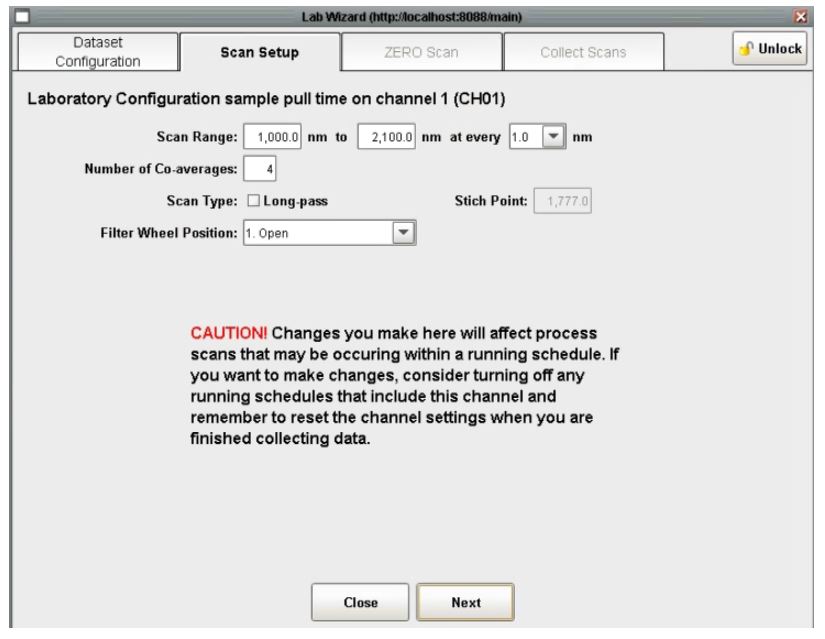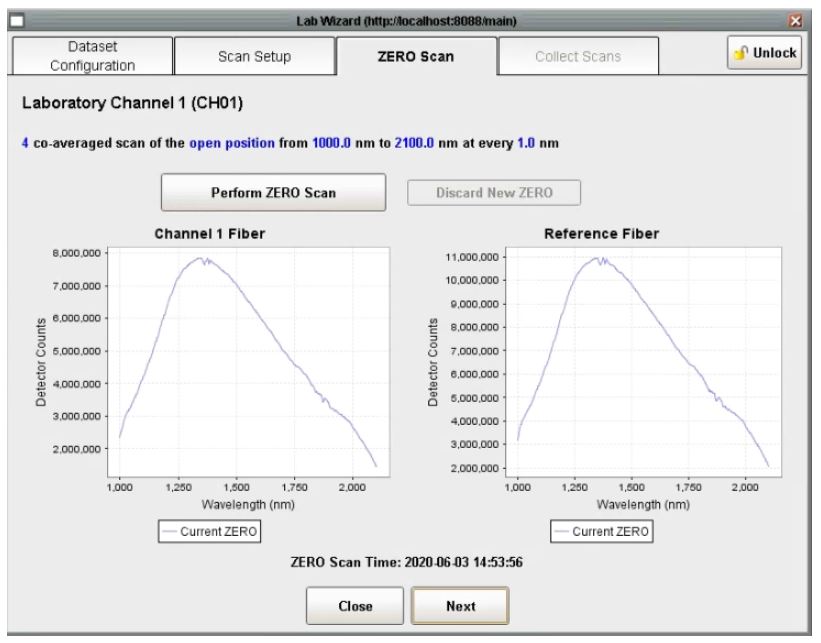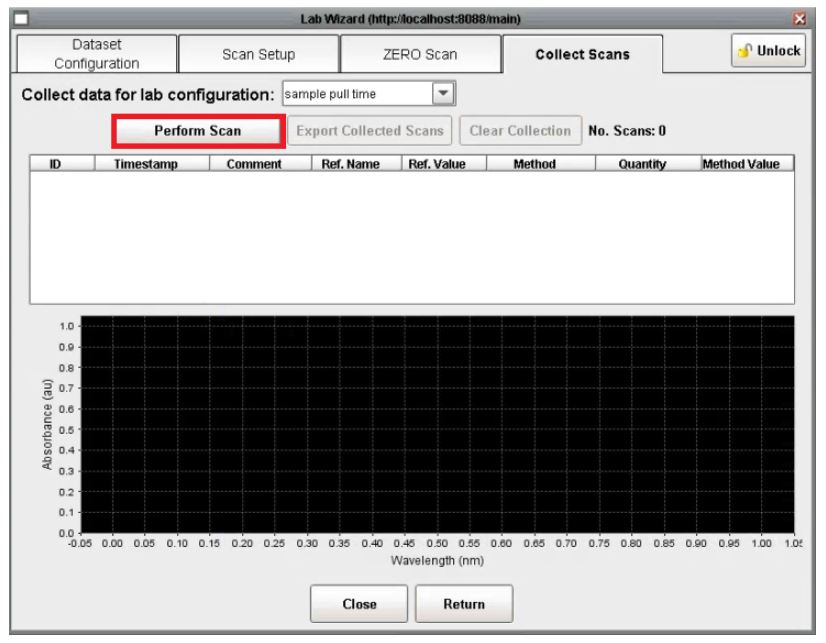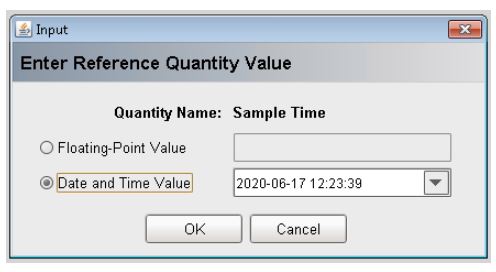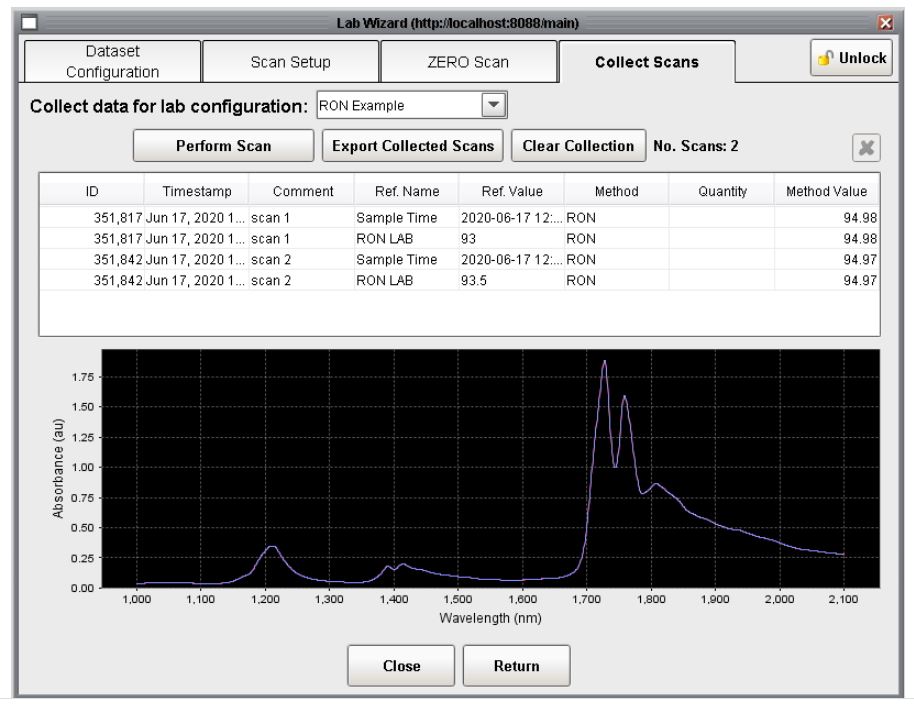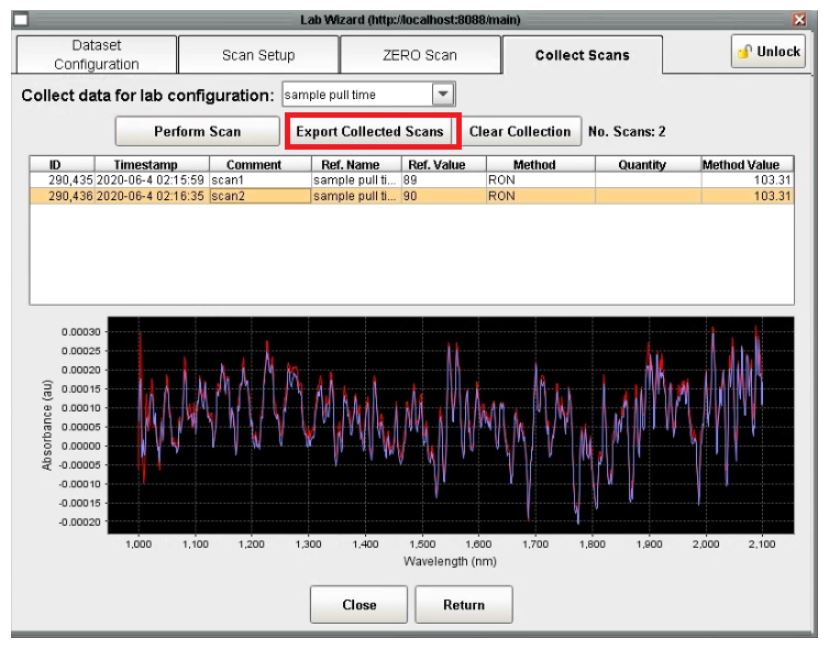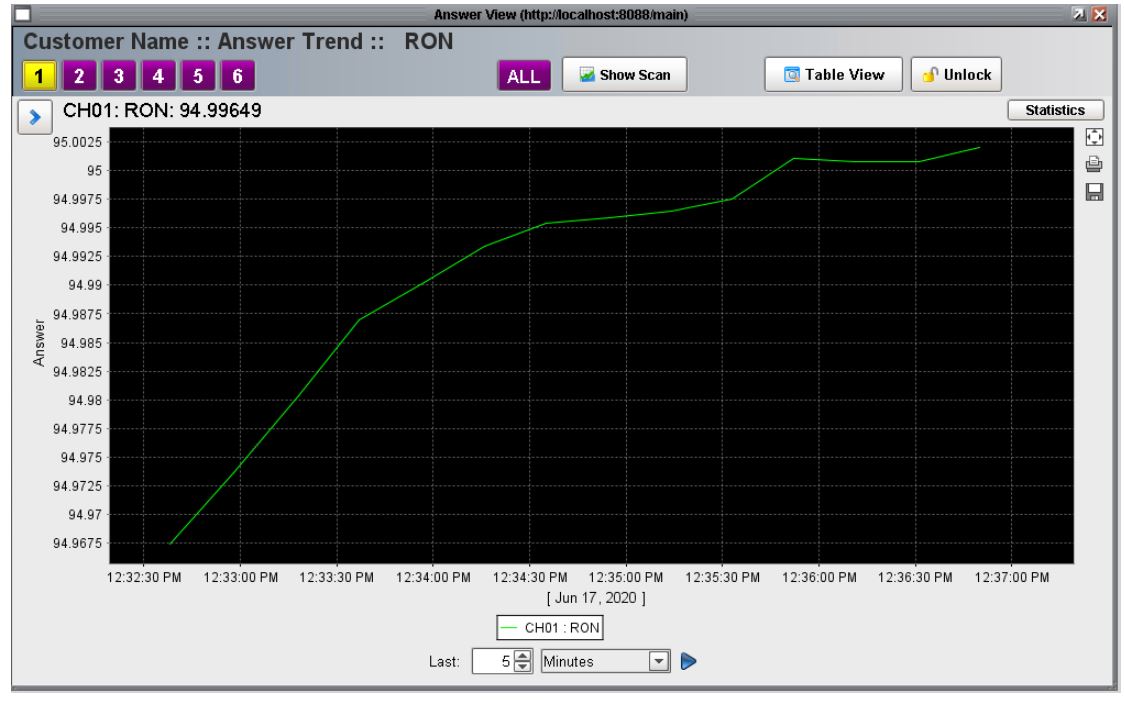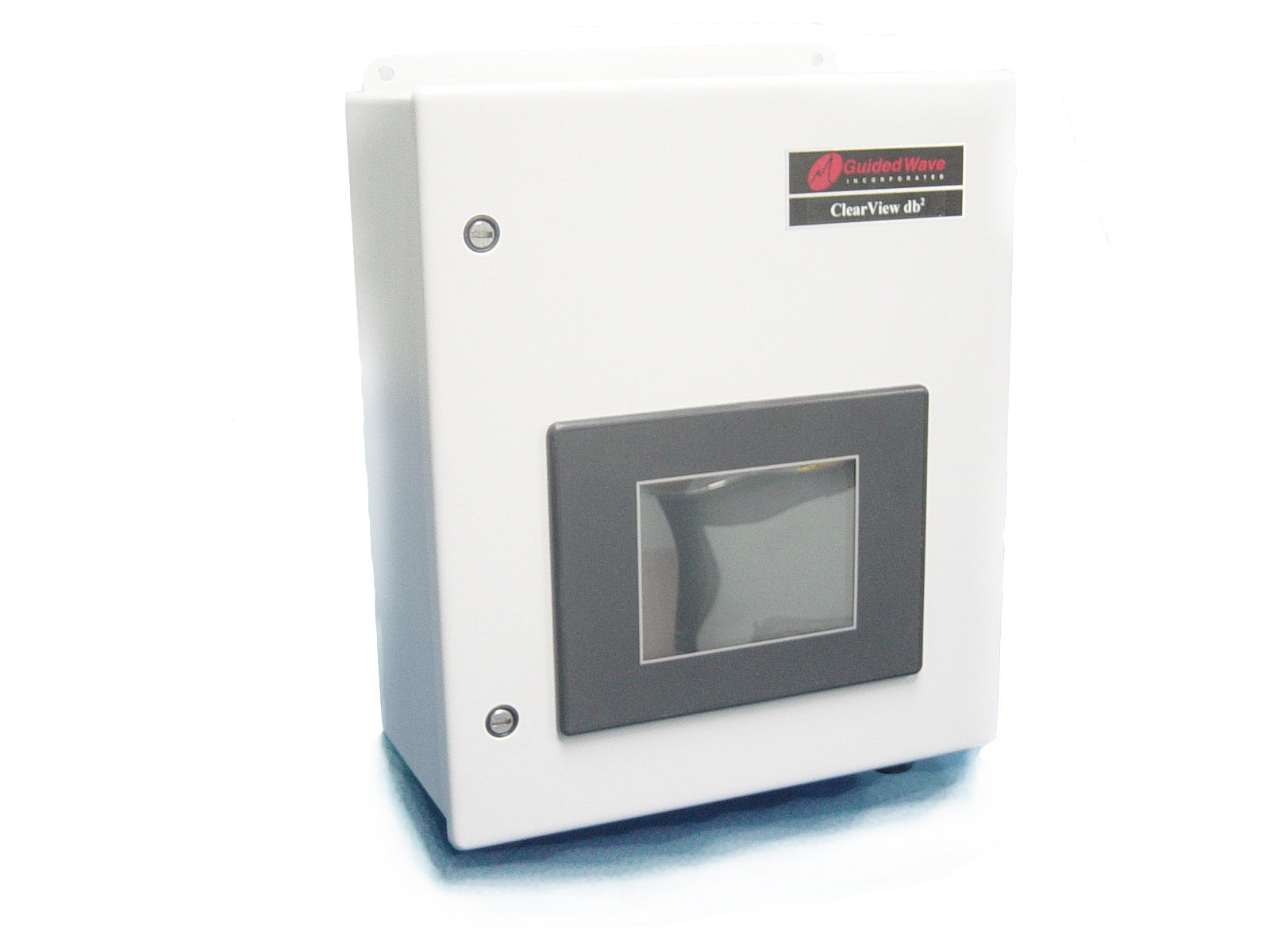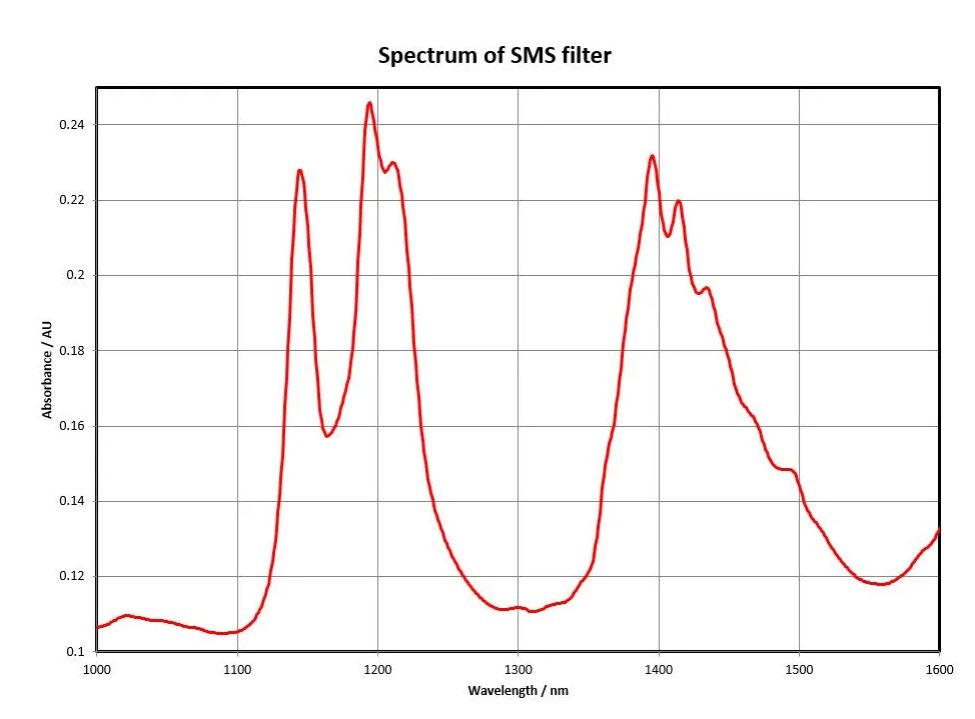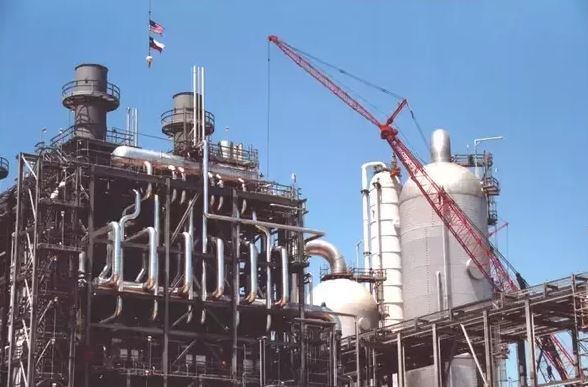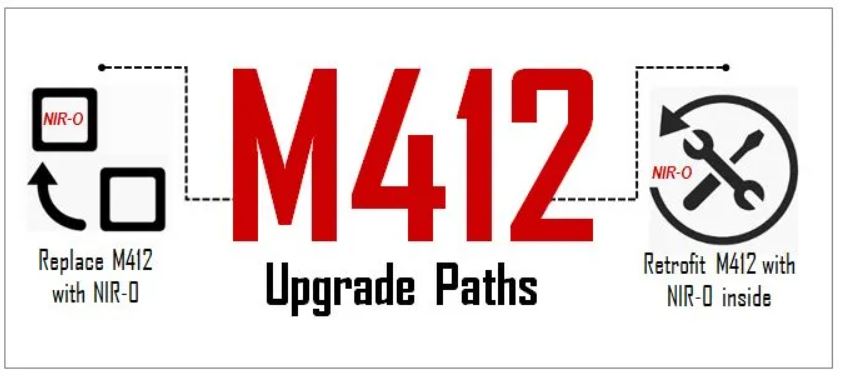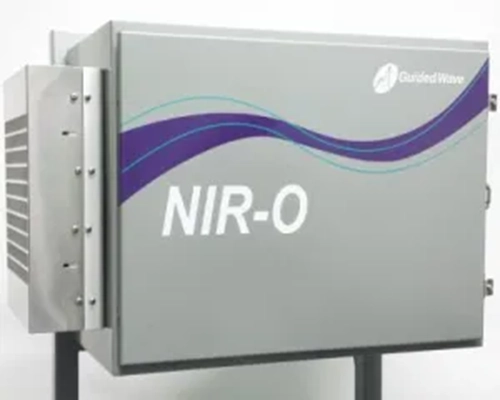The NIR-O full spectrum NIR analyzer with OmniView process analysis software has a series of new training videos to help you become an expert user or at the very least will reduce the learning curve. There are 7 training videos in the first series that all focus on Creating a Method.
What is a Method in OmniView?
A Method is the set of instructions which tells OMNIVIEW how to process spectra collected by the NIR-O and convert that data into actionable information or real-world values. A Method or Group of Methods includes process steps such as Baseline Correction, Multiplicative Scatter Correction, Partial Least Squares Regression with Unscrambler, and customizable functions.
Creating a Method in OmniView NIR-O Analysis Software:
- Part 1 – Creating a Method Introduction
Dr Steve Elam, Lead Software Developer with Guided Wave discusses the finer parts of implementing a method with the NIR-O analyzer Omniview software.
- Part 2 – Copy and Paste a Method
This video covers how to copy a method or group of calibrations between sample points.
- Part 3 – Creating a Method for 3rd Party Software
Learn how to leverage the power of unscrambler and other 3rd party chemometric programs using the NIR-O Full Spectrum NIR analyzer with OmniView process analysis software.
- Part 4 – Import and Export Methods
Review this convenient method and calibration models for copying configurations between an analyzer in the field or between different channels on the same analyzer.
- Part 5 – Creating Method Groups
Need to predict multiple traits from a single scan? This video covers how to make groups of methods which enables you to process the spectra in unique ways for each answer.
- Part 6 – Transferring Answers to an Output
Learn how to configure Modbus communications in OmniView. This video covers mapping answers generated by Methods to Modbus addresses. https://www.youtube.com/watch?v=45×6-OPDWXU
- Part 7 – Mapping an Output to a (4to20)
Devices that Don’t support Modbus IP addressing? OmniView and the NIR-O Full Spectrum Analyzer also supports analog outputs. This videos demonstrates how to configure 4-20mA outputs.
NIR-O Full Spectrum NIR Analyzer using OmniView Process Analysis Software
NIR-O is the core of a comprehensive process analyzer system that includes the spectrometer, one or more NIR probes, fiber optic cables, and OmniView™ scanning and analysis software. Like our previous Guided Wave spectrometers, NIR-O uses infrared radiation to collect spectral data from liquids, gases, glass, and polymer-based films. The spectral data are interpreted by the OmniView software to determine the composition or physical characteristics of the material.
Online Process Monitoring and Control made easier with OmniView
Flexible and robust, OmniView analysis software is ideal for continuous process monitoring applications. OmniView provides an environment for continuous and batch process analysis. The software may be implemented in all installations of NIR-O analyzers.

